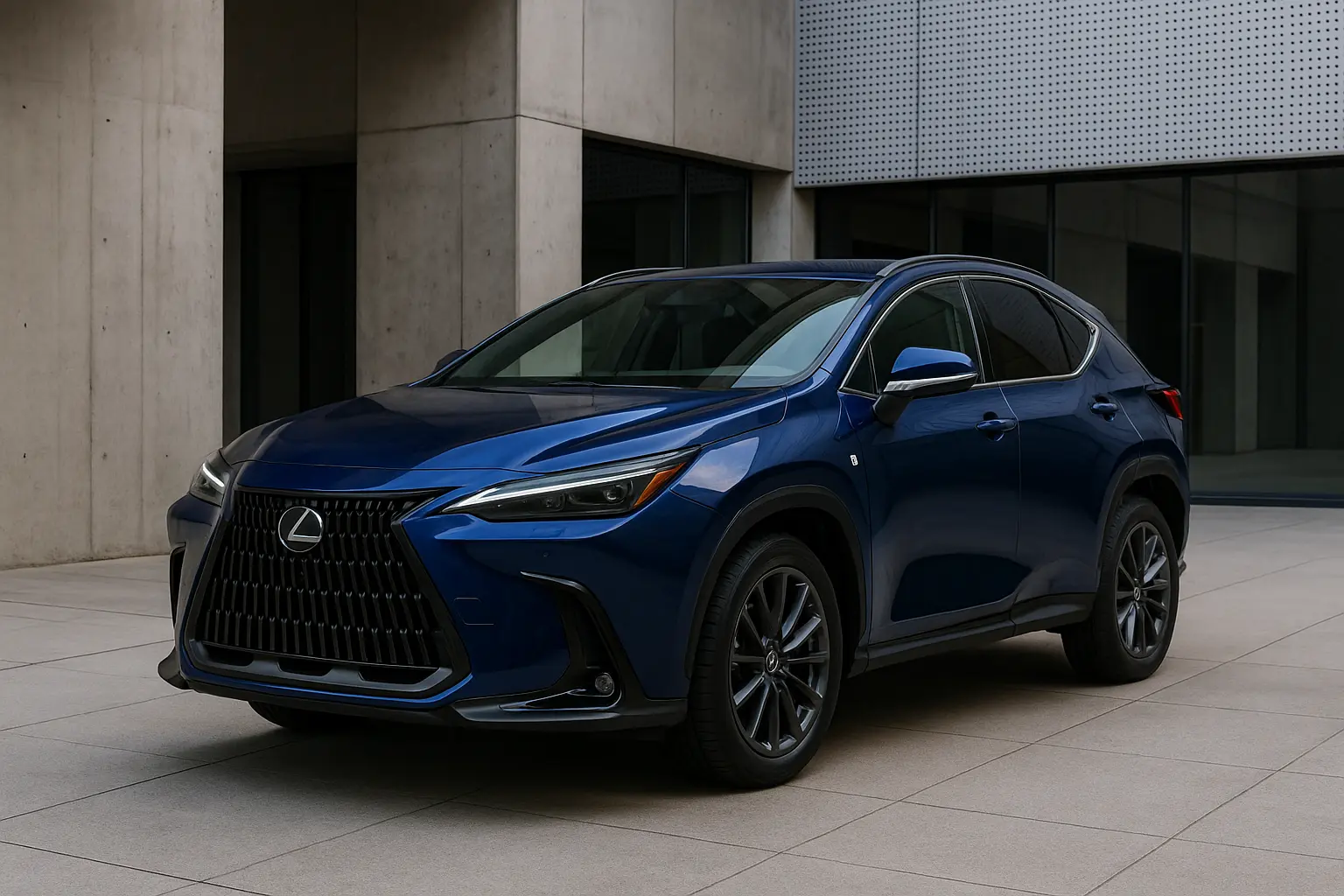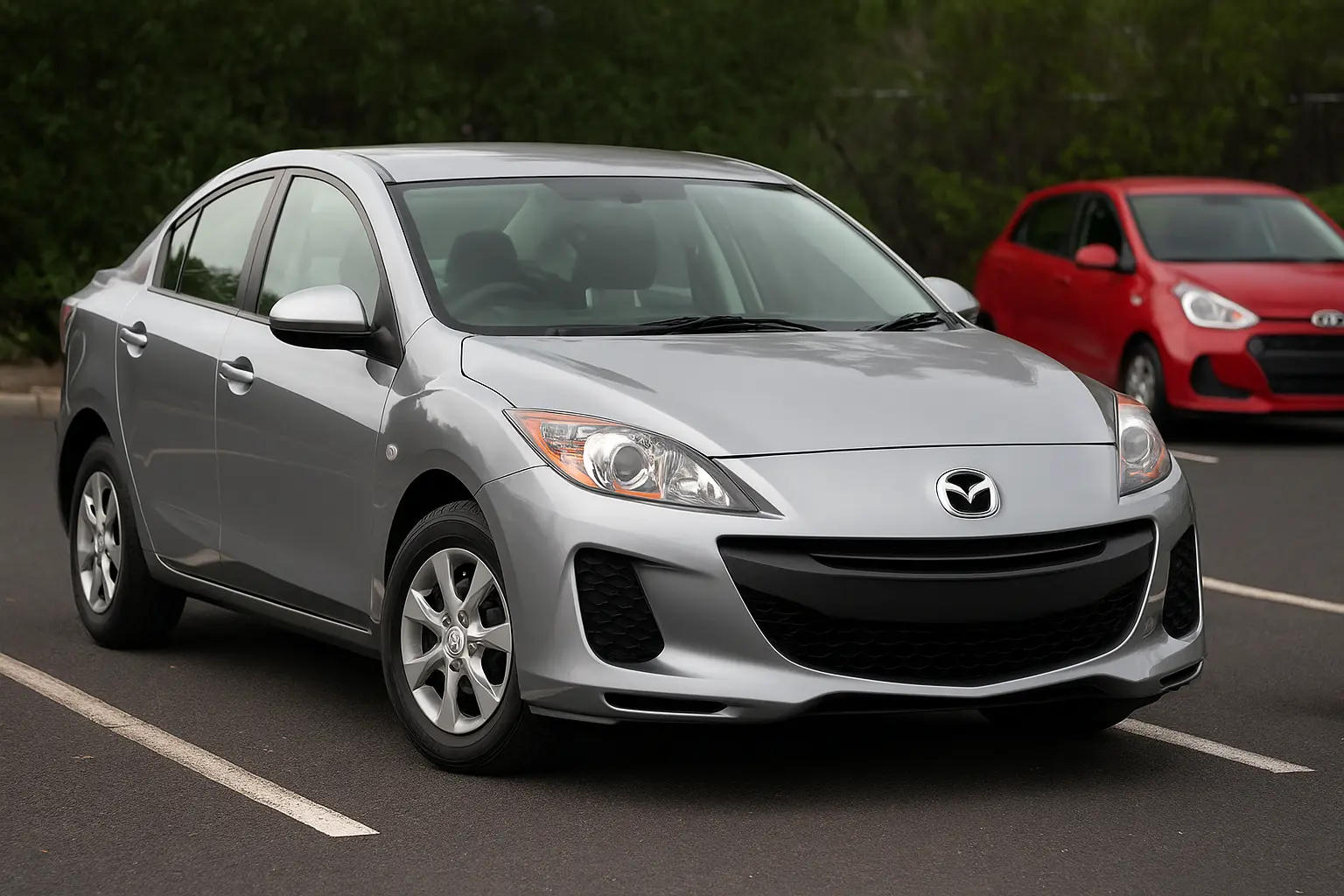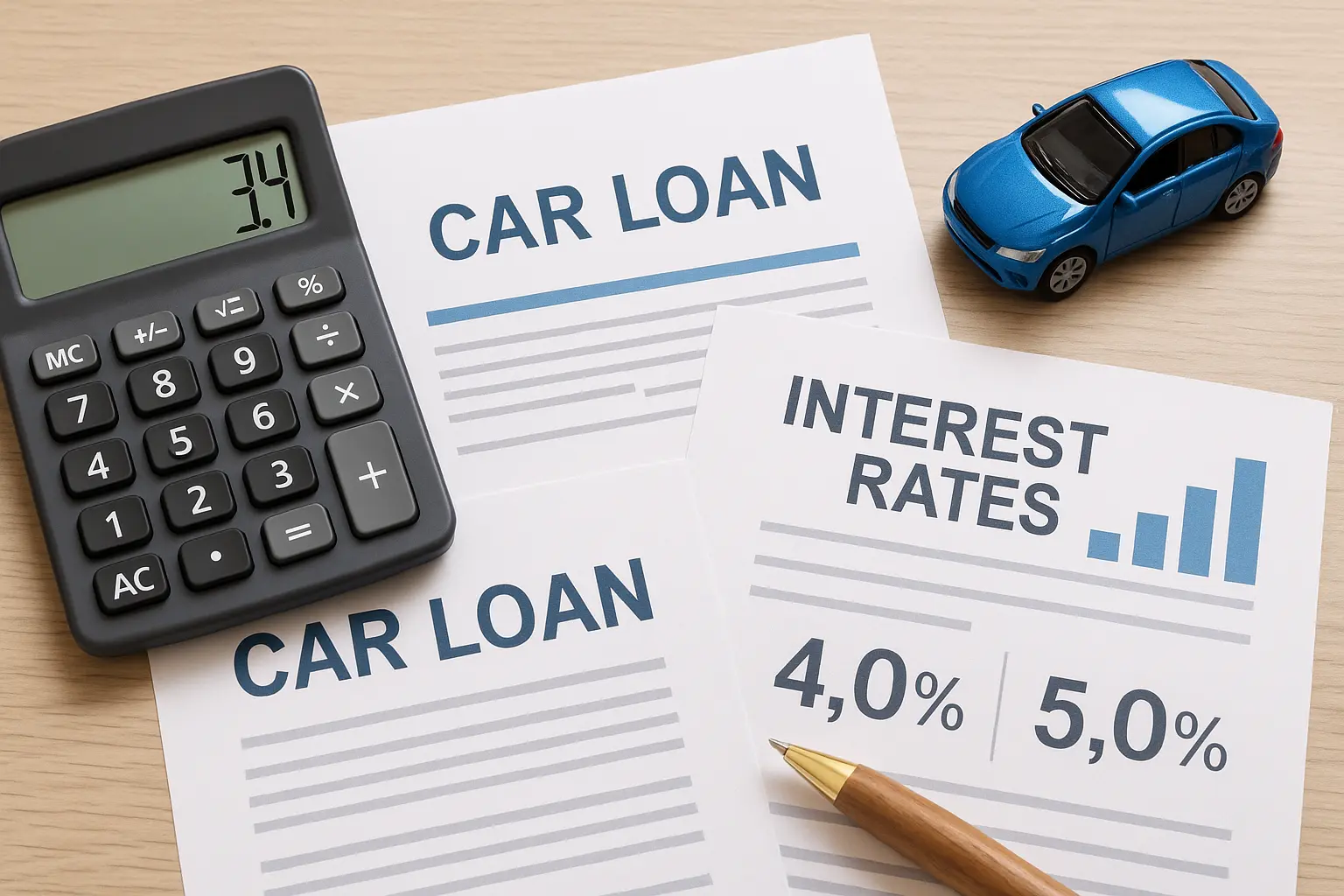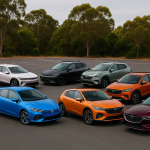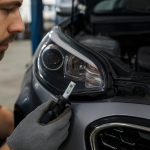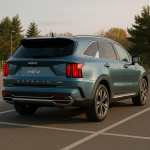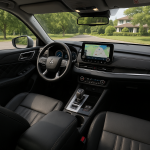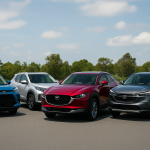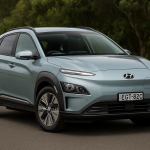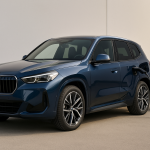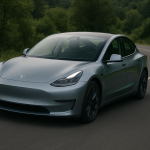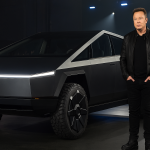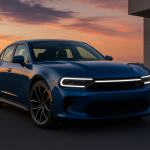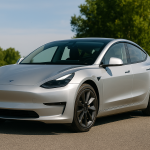The Australian car market is rapidly evolving — electric vehicles, new finance options, and changing ownership trends have reshaped how Aussies think about driving. Whether you’re eyeing a sleek new Tesla or a practical Toyota Corolla, one of the biggest financial decisions you’ll make is whether to lease or buy your next car.
Each option comes with distinct benefits, potential drawbacks, and long-term cost implications. Let’s break down the pros and cons of leasing vs buying, so you can confidently decide which suits your financial goals, driving habits, and lifestyle.

Understanding the Basics: Leasing vs Buying
Before diving into the financials, let’s clarify what each means in Australia.
Buying a Car
When you buy a car — either outright or through a loan — you own it. Once the finance is paid off, the vehicle is yours to keep, sell, or trade in. Ownership provides flexibility but also brings depreciation, maintenance, and resale responsibilities.
Leasing a Car
Leasing is like a long-term rental. You pay a fixed monthly amount to use the car for an agreed period (usually 2–5 years). At the end of the lease, you return it or, in some cases, pay a residual value if you want to buy it. Leasing is common for business users but increasingly popular among individuals seeking flexibility.
The Case for Buying: Ownership, Freedom, and Long-Term Value
Buying a car gives you true ownership, which means total control and eventual cost savings. Here’s why many Australians still prefer buying:
Advantages of Buying
- Full Ownership: Once you’ve paid off the car, it’s yours. No mileage limits or return conditions.
- Long-Term Value: After the loan ends, you can keep driving without monthly payments.
- Freedom to Modify or Sell: You can customise, upgrade, or sell at any time.
- No Lease Restrictions: You won’t face penalties for excess kilometres or wear and tear.
- Better for High-Mileage Drivers: If you drive a lot — say for work, family trips, or road adventures — buying makes more sense.
Disadvantages of Buying
- Higher Upfront Costs: Deposits and higher loan repayments can strain short-term budgets.
- Depreciation: Cars lose value fast — typically 20–30% in the first year.
- Maintenance Costs: Once out of warranty, ongoing repairs are your responsibility.
- Capital Tied Up: Money invested in the car could have been used elsewhere.
Buying is ideal for those who plan to keep their cars long-term or dislike recurring commitments.
The Case for Leasing: Flexibility, Convenience, and Predictability
Leasing is gaining traction among Australians who prefer driving the latest models or want predictable expenses.
Advantages of Leasing
- Lower Monthly Payments: Leasing often costs less month-to-month than loan repayments.
- Drive a New Car Every Few Years: Upgrade to the latest model without resale hassles.
- Maintenance Included: Many leases include servicing and warranty coverage, reducing headaches.
- Tax Benefits for Businesses: Novated leases or business leases may provide tax deductions on car-related expenses.
- No Worries About Depreciation: The leasing company absorbs the drop in value.
Disadvantages of Leasing
- No Ownership: You’re essentially renting — you’ll never own the car unless you pay the residual at the end.
- Mileage Limits: Most leases impose kilometre caps (e.g., 15,000–20,000 km/year), with penalties for excess use.
- End-of-Lease Costs: You may be charged for wear, damage, or missing scheduled services.
- Higher Long-Term Cost: Leasing continuously can cost more than owning over 8–10 years.
- Restrictions on Customisation: Modifications are usually prohibited.
Leasing works well for professionals or families wanting new technology, predictable payments, and minimal hassle — not for those seeking long-term savings.
Leasing vs Buying: Cost Comparison in the Australian Context
Let’s explore how costs stack up for a typical Australian driver.
Example Scenario: Mid-Sized SUV (around $50,000)
| Aspect | Buying | Leasing |
|---|---|---|
| Upfront Payment | $10,000 deposit | $2,000 setup fee |
| Monthly Cost | $850 (loan, 5 years) | $600 (lease, 3 years) |
| Ownership at End | Yes | No (unless residual paid) |
| Maintenance | Owner pays | Usually included |
| Depreciation Risk | Owner bears it | Leasing company bears it |
| Tax Deductions (business use) | Partial | Often higher under novated lease |
If you keep the car for over six years, buying generally becomes cheaper. But if you upgrade every 2–3 years, leasing may save more short-term and offer modern convenience.
The Rise of Novated Leasing in Australia
One major reason leasing has grown is the popularity of novated leases, especially among salaried employees.
What is a Novated Lease?
A novated lease is a three-way agreement between you, your employer, and a finance company. The employer deducts the lease payments from your pre-tax income, potentially reducing taxable income.
Benefits
- Access to new cars with minimal upfront cost.
- Tax advantages on salary packaging.
- Maintenance, insurance, and registration often bundled in one payment.
Drawbacks
- Job dependency: if you change jobs, the lease must be transferred or settled.
- You don’t own the vehicle unless you buy it at the end.
Novated leasing is particularly attractive for employees seeking cash flow efficiency and predictable expenses.
Key Factors to Consider Before Deciding
1. How Long You Plan to Keep the Car
If you typically hold onto vehicles for five years or more, buying is the financially smarter move. Leasing favours those who switch cars frequently.
2. Your Driving Habits
High-mileage drivers are often penalised under leases. For frequent travellers, buying remains the better fit.
3. Budget and Cash Flow
Leasing offers lower monthly costs and preserves capital — great for those managing tight budgets or business cash flow.
4. Tax Considerations
Business owners and employees using novated leases can benefit from tax savings. Private buyers don’t enjoy the same deductions.
5. Desire for Latest Features
Tech enthusiasts and safety-conscious drivers who crave modern features might prefer leasing for regular upgrades.
Emotional vs Financial Ownership
There’s also a psychological aspect to this debate. Ownership brings pride — that feeling of having something truly yours. Leasing, however, reflects a modern, subscription-style mindset where flexibility trumps possession.
In 2025, as cars become more software-driven — with over-the-air updates, EV advancements, and subscription features — leasing aligns with the digital, low-commitment lifestyle many Australians are adopting.
Leasing and the Electric Vehicle (EV) Boom
With electric vehicles gaining ground, leasing has become a strategic entry point.
Why Leasing Makes Sense for EVs
- EV technology is evolving rapidly, so leasing protects against quick depreciation.
- You can upgrade to newer battery tech every few years.
- Businesses can access EV leasing incentives and fringe benefits tax (FBT) exemptions.
Why Buying May Still Win
- Government incentives for EV ownership (like rebates and rego discounts) benefit buyers.
- Long-term cost of ownership for EVs is lower due to minimal servicing and cheaper “fueling” costs.
For early adopters of electric cars in Australia, leasing offers flexibility, while buying offers long-term value.
The Impact of Depreciation
Depreciation is one of the biggest hidden costs of car ownership. In Australia, most new cars lose:
- ~20% of value in the first year,
- ~50–60% after five years.
When you lease, this depreciation risk is transferred to the finance company. When you buy, it’s on you — but you can recoup some value by selling or trading in.
Those who drive carefully and maintain their cars well often mitigate depreciation by selling privately rather than returning a leased car with potential penalties.
Maintenance and Repairs
Leasing often includes servicing packages, which simplifies budgeting. Buying means handling all maintenance after the warranty period, though it allows flexibility in choosing mechanics and parts.
For some, the peace of mind of “fixed-cost driving” under a lease is worth the trade-off of ownership freedom.
When Leasing is the Smarter Choice
Leasing can be ideal if you:
- Prefer a new car every few years.
- Want predictable costs with minimal maintenance surprises.
- Use the car for business or novated lease purposes.
- Don’t want to deal with selling or trading in vehicles.
In short, leasing fits a convenience-first lifestyle where flexibility and simplicity matter more than long-term savings.
When Buying is the Better Investment
Buying wins if you:
- Plan to keep your car for 5+ years.
- Drive long distances.
- Want to build equity in your asset.
- Prefer the freedom to customise or resell anytime.
Ownership rewards patience and long-term thinking — perfect for those viewing cars as an asset rather than a service.
Hidden Costs to Watch For
Whether leasing or buying, always consider:
- Insurance premiums (often higher for leased cars).
- Stamp duty and registration fees.
- Early termination penalties (common in leases).
- Interest rates and loan terms for financed purchases.
- Residual values — ensure the balloon payment is realistic.
Understanding these details ensures you’re comparing apples with apples when deciding.
Final Thoughts: The Verdict for Aussie Drivers
There’s no universal winner — the choice depends on your financial goals and driving style.
- Choose Leasing if you want lower monthly payments, tax perks, and hassle-free upgrades.
- Choose Buying if you prioritise long-term value, independence, and high-mileage flexibility.
For most Australians, buying remains more cost-effective over time, but leasing’s convenience and flexibility appeal to the new generation of urban professionals and tech-savvy drivers.
Bottom Line
Whether you decide to lease or buy, understanding your personal financial situation, driving habits, and ownership goals is key.
If you’re seeking more expert Australian car insights and finance comparisons, visit carsoop.com.au — your go-to destination for unbiased car reviews, finance tips, and ownership advice tailored to Aussie drivers.
Leave a comment
Your email address will not be published. Required fields are marked *


